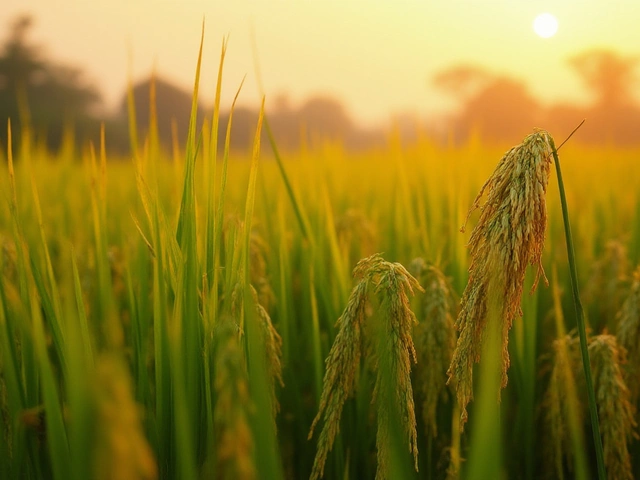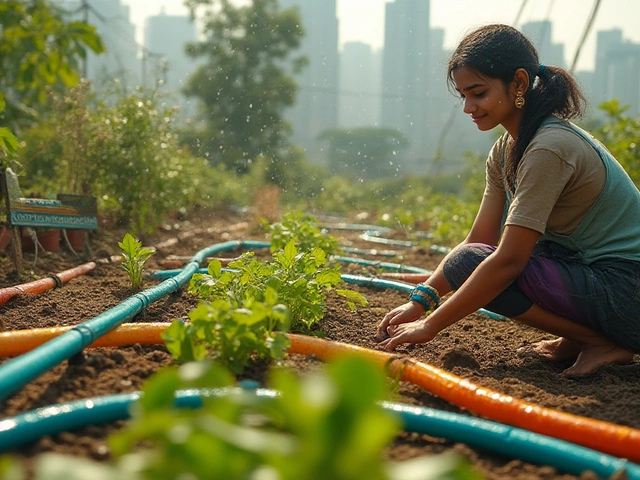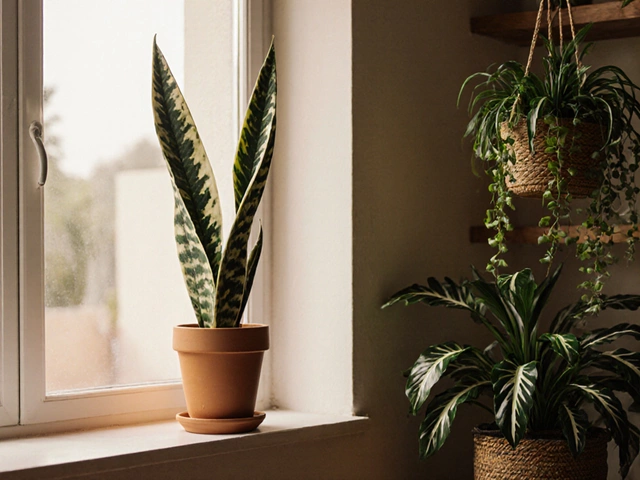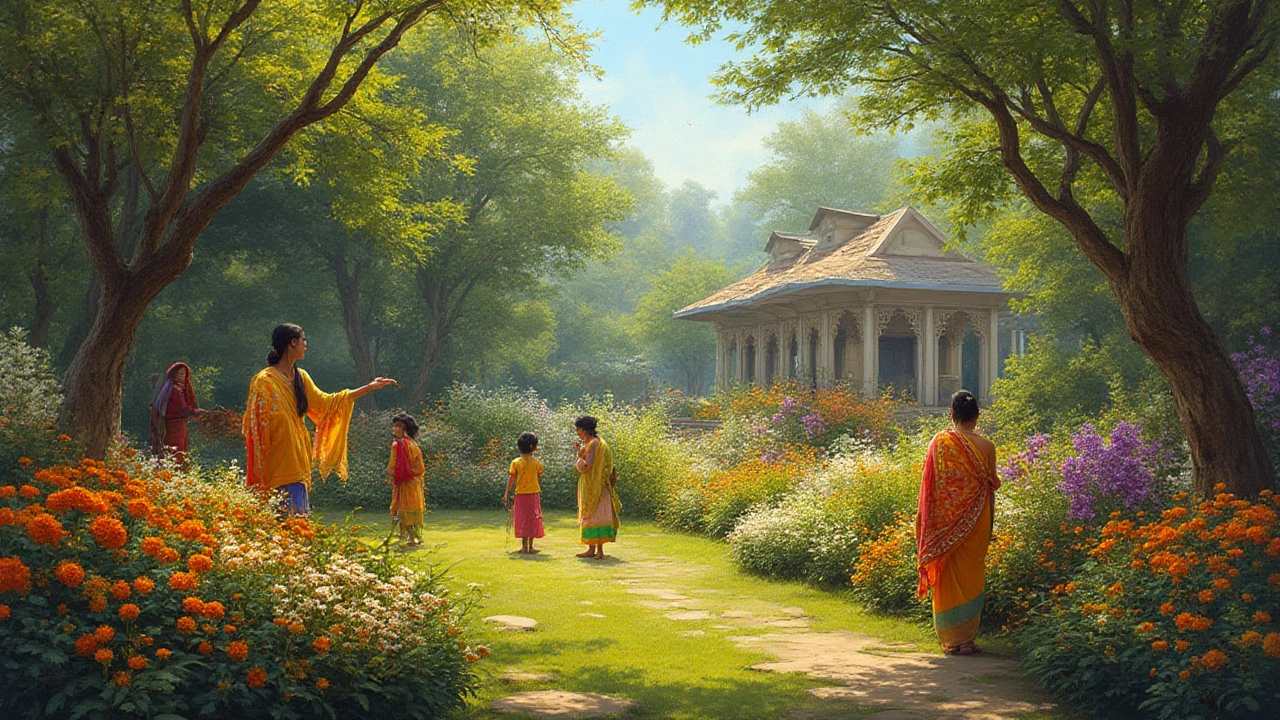Flower Gardening Guide India: Easy Tips for Year‑Round Blooms
If you love colorful gardens but feel overwhelmed by India's diverse climate, you’re not alone. The good news? You don’t need a horticulture degree to grow stunning flowers. With a few simple rules about timing, soil, and plant choices, you can enjoy a burst of colour from the Himalayas to the coast.
When Do Flowers Bloom in India?
India’s climate ranges from humid tropical in the south to temperate in the north, and that directly shapes blooming schedules. Generally, the primary flowering window runs from October to March when temperatures are milder and the monsoon has cleared. In places like Delhi or Chandigarh, you’ll see marigolds, roses, and petunias peak in late winter. In coastal areas such as Chennai or Kochi, the post‑monsoon months (September to November) bring out hibiscus, bougainvillea, and jasmine.
For gardeners in the Western Ghats, the monsoon itself fuels a spectacular display of orchids and heliconias between June and August. If you live in the desert region of Rajasthan, plan for early‑spring blooms (February‑April) when the heat is still bearable. Knowing these regional windows helps you schedule planting so each flower gets the right amount of sunlight and moisture.
Choosing the Right Flowers for Your Garden
Pick varieties that love your local weather. Here are three reliable groups:
- Hardy annuals like zinnias and marigolds thrive in hot, dry spells and bounce back after a light frost.
- Perennial shrubs such as hibiscus, bougainvillea, and jasmine keep returning year after year, reducing re‑planting effort.
- Native wildflowers (e.g., Indian lotus, firecracker flower) adapt naturally to soil type and need less water.
Mixing these groups gives you continuous colour and a resilient garden. If you want a single show‑stopper, consider the “luckiest flower” – marigold – which is believed to bring good fortune and blooms abundantly across most Indian states.
Soil matters too. Light, well‑draining soil works best for most flowers. If your garden has heavy clay (common in many parts of India), amend it with compost, sand, or organic manure. This improves texture and prevents root rot, especially for tender species like roses.
Watering is another make‑or‑break factor. Drip irrigation saves water and delivers moisture right to the root zone. Bury the drip lines about 6‑8 cm deep for optimal delivery; this depth protects the tubing from sunlight and reduces evaporation. If you’re on a budget, a simple soaker hose can do the trick, just lay it close to the plant base.
Fertilising doesn’t have to be complicated. A balanced 10‑10‑10 NPK fertilizer applied once a month during the active growth period (usually spring and early summer) keeps flowers vibrant. For organic lovers, a mixture of well‑rotted compost and bone meal works wonders and aligns with sustainable gardening practices.
Finally, keep an eye out for pests. Instead of reaching for chemicals, try natural solutions: neem oil spray for aphids, garlic‑chili mix for caterpillars, and interplanting “sister plants” like marigold to deter nematodes. Companion planting not only reduces pests but also boosts soil health.
With these basics – timing, plant selection, soil prep, smart watering, and natural pest control – you’re set to create a flower garden that looks great all year. Start small, watch what works in your spot, and expand when confidence grows. Happy gardening!
Best Months for Flower Blooming in India: Flower Seasons & Tips
Curious when flowers burst to life in India? Explore blooming months, flower facts, tips, and seasonal tricks for colorful gardens across regions.
About
Flower Gardening
Latest Posts


Main Types of Drip Irrigation: Surface vs. Subsurface Explained for Gardeners
By Alden Thorne Jul 14, 2025

Grandma Plant Explained: Easy‑Care, Sustainable Houseplant Guide
By Alden Thorne Oct 17, 2025

Compost vs Organic Compost: What Really Sets Them Apart?
By Alden Thorne Jun 4, 2025

